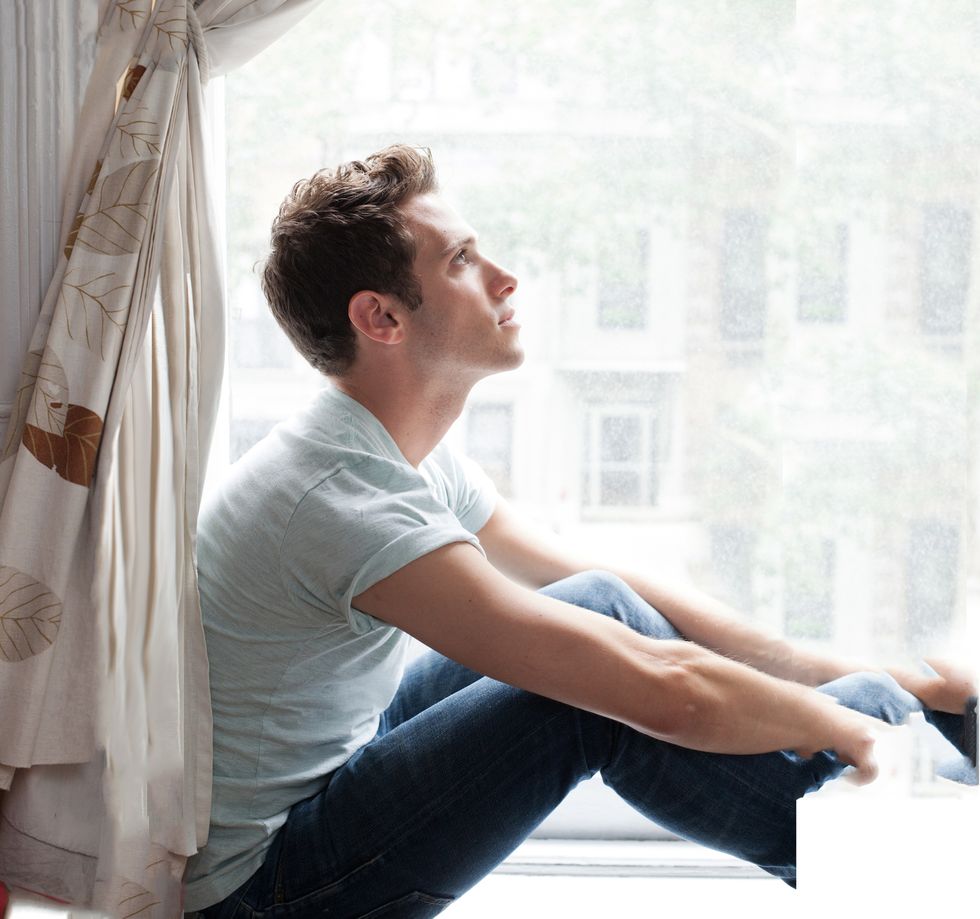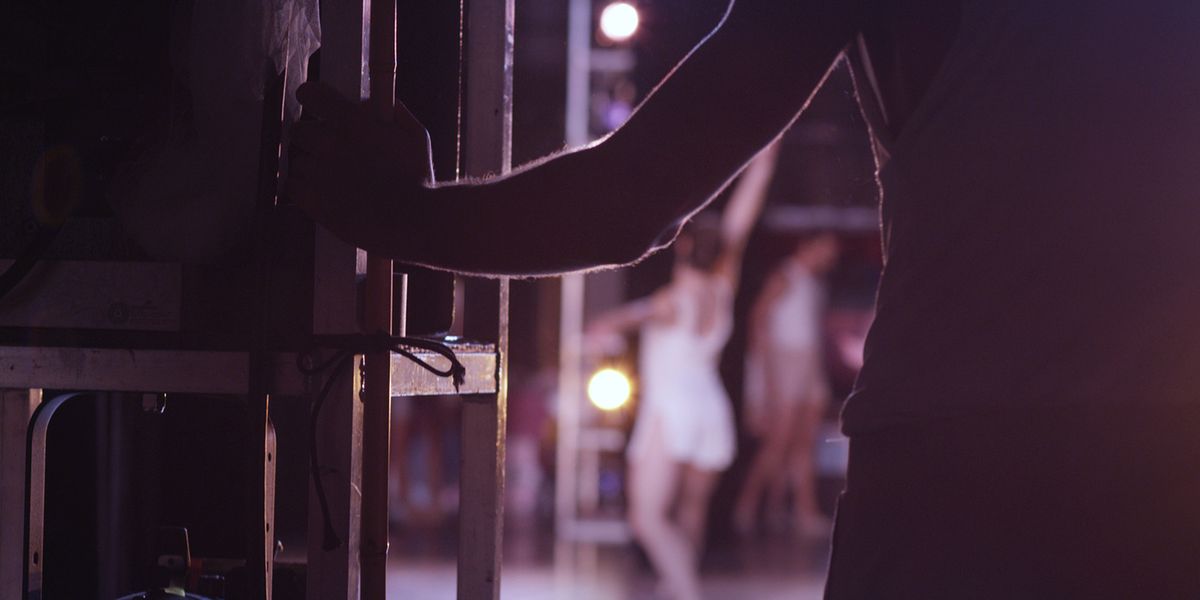Dancing with the Camera: Ezra Hurwitz on Capturing Dance on Film
Sometimes it feels like you can’t go to a ballet company’s website, check Facebook, or research a new ballet without coming across one of Ezra Hurwitz‘s stylish dance shorts. In just a couple of years, this former Miami City Ballet dancer has become the king of the dance teaser. Already, he’s worked with San Francisco Ballet, Miami City Ballet, New York City Ballet, the Kennedy Center, American Ballet Theatre and Martha Graham Dance Company. At a recent Dance/USA meeting, one of the speakers touted his work, encouraging everyone present to hire him for their marketing campaigns.
With his dance background and ease with social media platforms, Hurwitz seems to have stumbled into a vacuum that no-one had really realized was clamoring to be filled: well-produced, sophisticated short films that evoke the excitement of live performance and the creative process behind it. By showcasing ballet’s athleticism and rigor, he makes it feel spontaneous and of our time.
I caught up with Hurwitz recently in New York, and we talked about how he got started, and where he thinks his strengths lie.

Photo via ezrahurwitz.com
How did you get into film?
I was working for a photographer in Miami while I was dancing at Miami City Ballet [2006-2014]. Later, I started shooting photography for the company.
I always knew I wasn’t going to dance forever, and I had other interests, so I would use our layoffs to work in other areas.
Then, I got injured, and I came back to New York to rehab. I was bored, so I started working with Ellen Barr in the New York City Ballet video department. She had been producing content for NYCB, and I thought it was great. No other company was doing anything at that level. I was also naïve. I thought: What’s the reason for that? I didn’t realize there was a price tag attached; film is really expensive.
Then I left Miami City Ballet, went to Columbia University for business strategy and film, and simultaneously started taking film-specific classes at the New School for some hands-on experience.
What was your first dance film?
I made a short film with my boyfriend, Gonzalo García of NYCB. I filmed him in our apartment with our cat. He walks to the Koch and rehearses by himself. Now I look at it and I think it’s terrible, but at the time, people were impressed by it. And I did something similar for Sara Mearns. That’s kind of how I got started.
Are you a film buff?
Right now I’m watching 20 Stephen Spielberg films—that’s my goal for the summer. I work with a lot of film buffs; a lot of directors of photography want to be directing or creating feature films. I kind of feel like because I already had a really artistically fulfilling career, I’m not as precious as some of the people I work with. I was that diehard artist trying to give everything for the art-form; and now this is a second career.
What are your favorite dance movies?
The Red Shoes.
I like the cinematography because it’s classic, golden age of cinema. And there are those crazy shots, and that surreal dream sequence that seamlessly transitions from performance to something more subjective. I definitely think it informs the way I plan the narrative in my dance films.
And Wim Wenders’Pina.
What do you think of dance on TV in series like
Dance in America and Live at Lincoln Center?
Those kinds of things are really important because they bring dance to so many people. If you love dance and you have an awareness of the choreographers and the legacy of the work, then that content is appealing. But what the dance companies are trying to do now is bring in new audiences and new eyes.
How important is creating a narrative in your films?
Even if it’s not an explicit narrative, you need an arc if you want people to remember something or take something away.
You don’t necessarily tell the story the ballet is telling.
For things that haven’t premiered yet, no-one knows what the ballet is going to become. You’re taking a leap of faith. But I try to use the vocabulary of the ballet. For example, for Justin Peck’s In the Countenance of Kings, I wanted to show examples of the movement from across the 30-minute work, all in one minute, so we had to link together steps that weren’t necessarily sequential, we had to find transitions that weren’t there, and set steps to music that they weren’t set to in the piece.
In the films I made for Myles Thatcher’s Ghost in the Machine and Peck’s Heatscape, I also featured the choreographer. We wanted to engage people in the excitement of the new work being created and what that looked like. When people have more context, then they have a greater appreciation for the work when they see it for the first time.
In many ways, it sounds like you’re acting as a choreographer, using pre-existing material.
Yeah. I always try to show angles you wouldn’t be able to see in the theater. And that involves some restaging. For Ghost in the Machine, I wanted to film a minute and a half of uninterrupted choreography. We had a steady cam weaving through the dancers, but we didn’t want the dancers to be visible as we were moving, so we had the whole cast running with us behind the camera.
Have you worked with any modern dancers?
I did a film with the Martha Graham dancers. I loved them. I was so impressed by how vulnerable and exposed they could be in a second.
How important is musicality to your approach?
It’s very much informed by my training at the School of American Ballet. Especially in the editing; you want to use the editing in a way that feels musical and interprets the music as it’s meant to be interpreted. It has a lot to do with rhythm. Even when you’re editing in silence, you feel an internal rhythm.
How big is your team?
I don’t do anything without at least 5 people. There’s a director—me, most of the time. A director of photography, an assistant camera operator, usually a steady cam operator, and a producer.
What are some of your non-dance projects?
I’m working right now in live entertainment doing things for Broadway. And I’m doing something for Humana Health Insurance. I love the idea of figuring out how to make this insurance spot look beautiful, and they can afford to make it look beautiful!
What do you see as the relationship between the films that you make and the works that are the subjects of your films?
For some people, this is the closest they’ll get to these dances. If you’re in a flyover state and don’t have the money to go to one of these metropolitan areas, I would love to offer an experience that feels directly informed by what you might see at Lincoln Center. That is always going to be a unique experience, but the stage for that kind of art is larger now and there are different ways to experience it.
Why do you think you turned to film?
I saw how beautiful things looked on film and I felt I that it would allow me to keep something for myself in a way I couldn’t when I was dancing. I wanted to have something concrete and tangible to hold onto.




